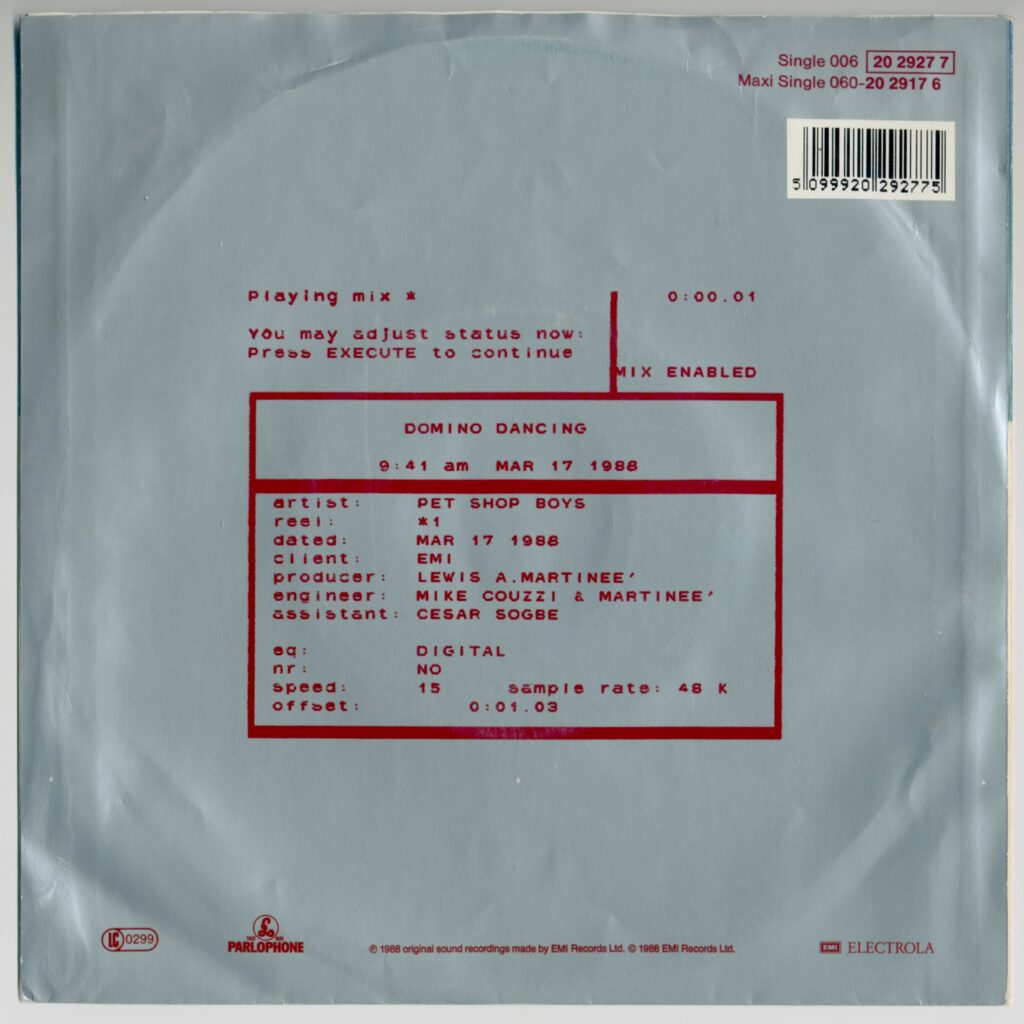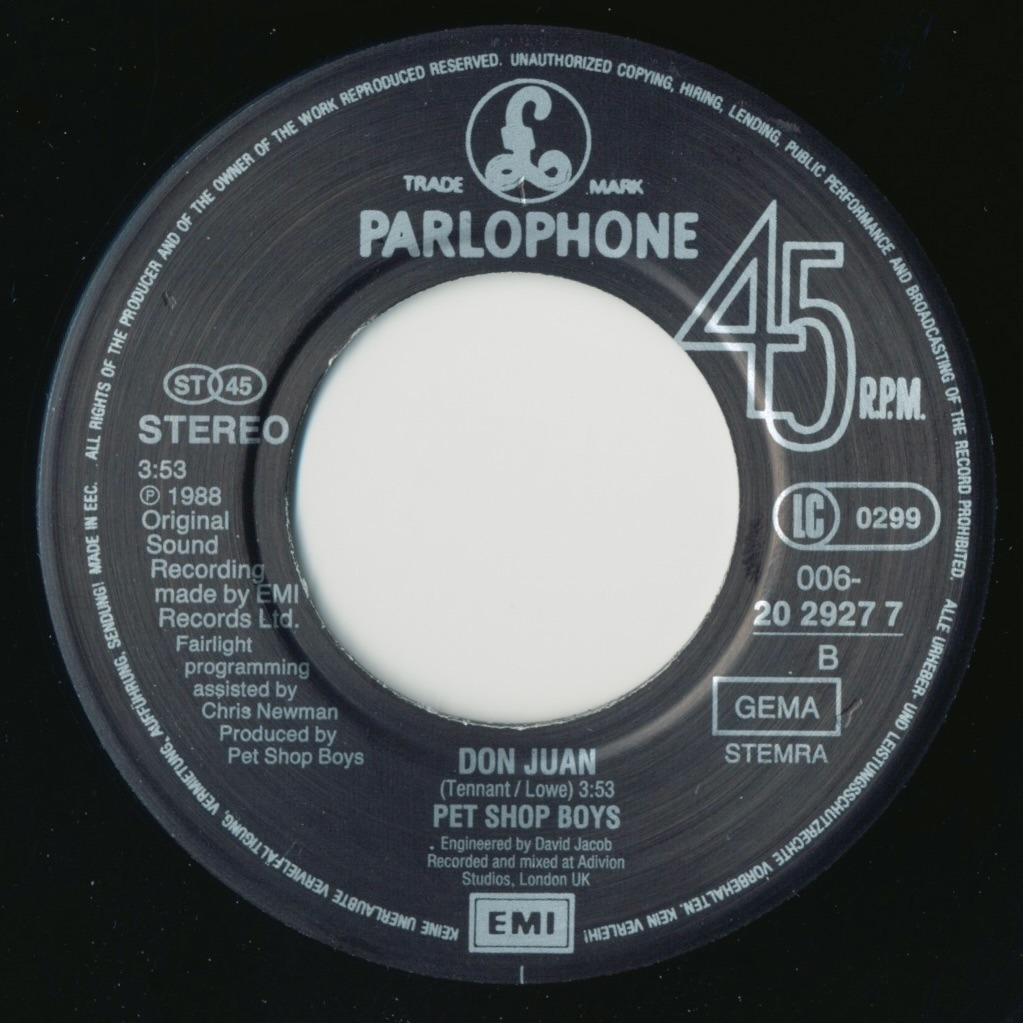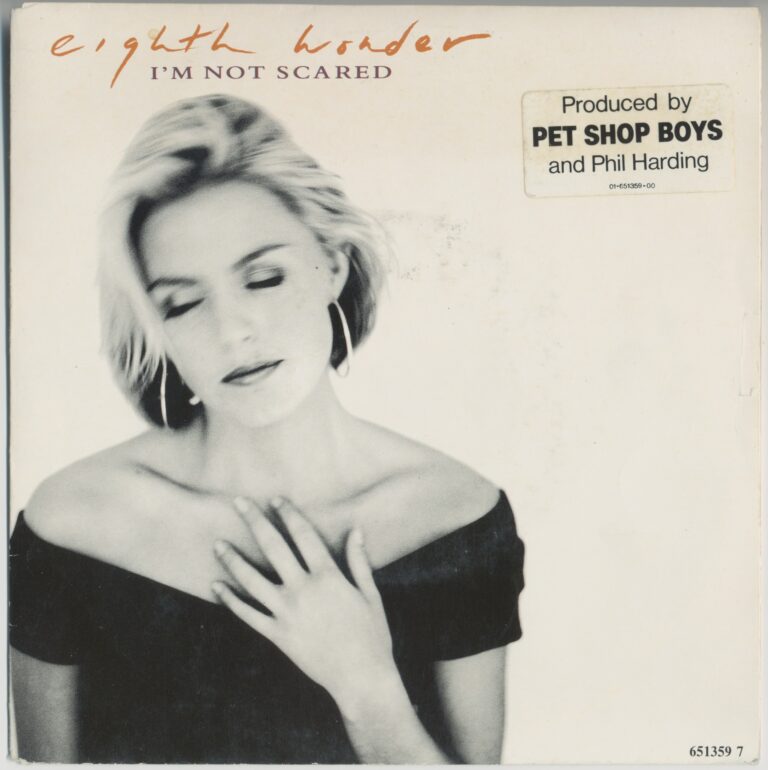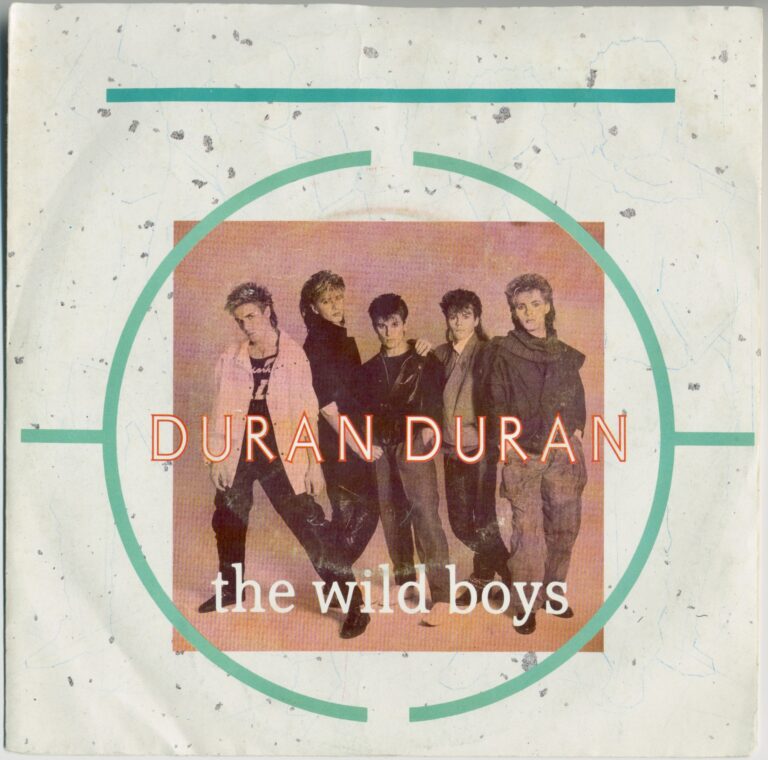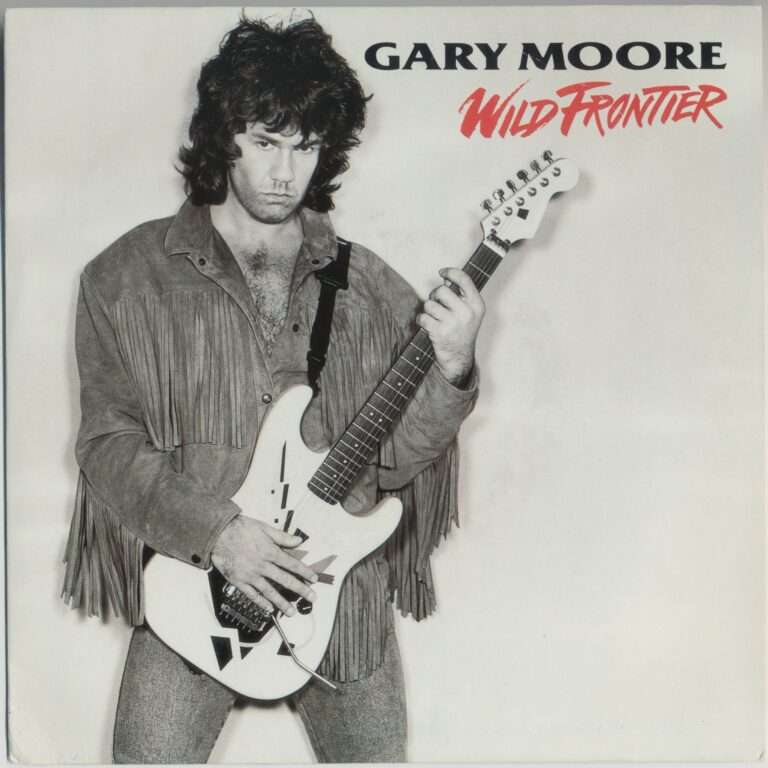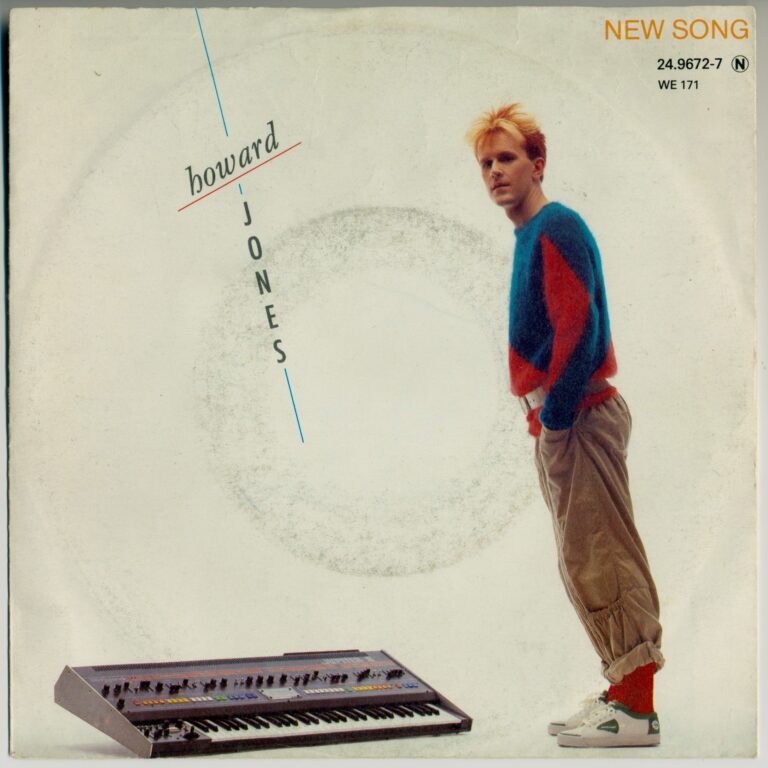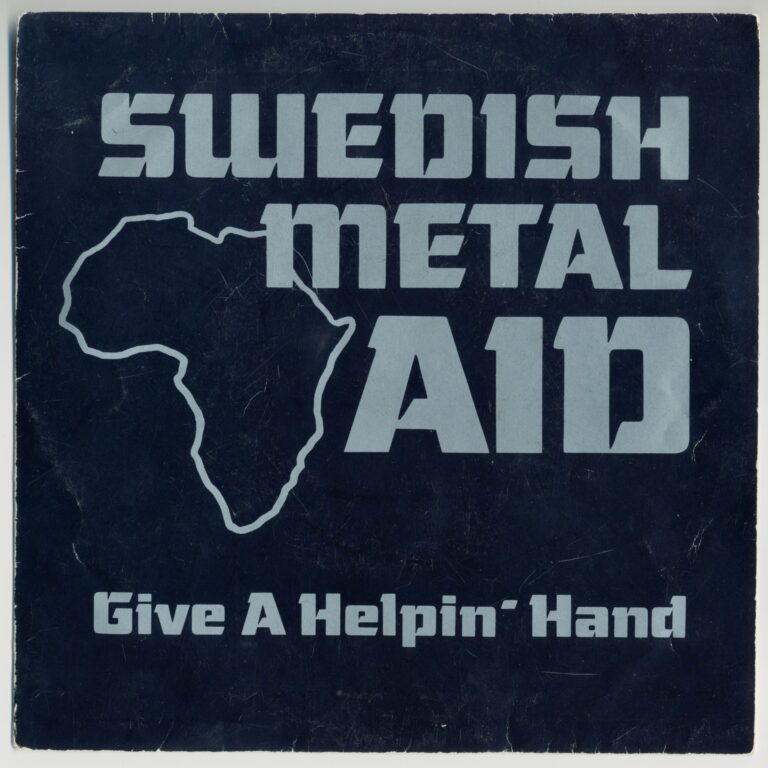The summer of 1988 was a turning point. For the Pet Shop Boys, it marked a perceived shift in their stratospheric rise. They had enjoyed a remarkable run of number-one hits, but as “Domino Dancing” — the lead single from their Introspective album — entered the UK charts at number nine, Neil Tennant famously remarked, “that’s that, then it’s all over”. It was the end of their “imperial phase of number one hits”. Yet, this sentiment, while understandable from an artist accustomed to the very top, belied a far more intricate and globally resonant story.
“Domino Dancing” was a deliberate leap into new sonic territory. Inspired by a personal anecdote of their assistant, Pete Andreas, who would do a celebratory dance when he won at dominoes in St. Lucia , Tennant transformed this simple image into a poignant metaphor for a crumbling relationship, where partners “fall” like dominoes due to jealousy. This creative alchemy turned a whimsical observation into a universally relatable narrative of emotional vulnerability.
To bring this vision to life, the duo ventured to Miami, embracing the Latin-influenced freestyle sound prominent in the 80s. Collaborating with producer Lewis A. Martinée, known for his work with groups like Exposé, they recorded in Miami, a departure from their usual London base. This collaboration brought in more studio musicians than typical for a Pet Shop Boys track, enriching its sound. The distinctive “All day, all day” backing vocals were provided by The Voice in Fashion, a Latin dance group who had previously worked with Martinée. It’s a testament to the song’s allure that The Voice in Fashion later covered “Domino Dancing” in 2012, reportedly featuring Tennant’s original backing vocals.
“Watch them all fall down / All day, all day / Domino dancing”
Beyond the narrative of romantic jealousy, “Domino Dancing” took on a profound, unintended meaning. Released during the burgeoning AIDS crisis, its imagery of “carefree young people dancing” and then “collapsing in succession” resonated deeply with the devastating impact of the disease. Tennant himself reportedly referred to it as their “Numbers,” a nod to Soft Cell’s explicit song about casual sex, further cementing an “AIDS-inflected” interpretation. The lyric “You want to see a doctor before our love is tested” was a direct reference to an AIDS test, written as early as 1984, making it the first explicit AIDS reference in a Pet Shop Boys song. This highlights the remarkable power of art to be shaped by prevailing societal conditions, allowing a song’s meaning to evolve beyond its creator’s initial intent.
Commercially, the story of “Domino Dancing” is one of paradoxical success. While Tennant might have felt the “imperial phase” was over in the UK, the song was a global triumph. It topped the charts in Finland and Spain and reached the Top 10 in numerous other European countries, Canada, New Zealand, and Puerto Rico. In Sweden, it peaked at number 6 on Sverigetopplistan. It also found significant success on the US Billboard Hot Dance Club Play chart, “Domino Dancing” spent 6 weeks on Trackslistan, peaking at number 3, and was number 19 on the Trackslistan year-end list for 1988. Neil Tennant himself experienced this global reach firsthand, recounting the thrill of hearing “Domino Dancing” playing on Swedish radio as he drove into Stockholm from the airport. This personal anecdote underscores the vital role of radio in a pre-streaming world, connecting artists with international audiences and contributing to a song’s commercial success abroad.
The music video, directed by frequent collaborator Eric Watson, further amplified the song’s impact. Filmed in the old colonial district of San Juan, Puerto Rico, it depicted a love triangle, but quickly gained notoriety for its thinly veiled homoeroticism, particularly the slow-motion shots of the men wrestling on the beach. While Rolling Stone criticized it as “probably the most homoerotic pop video ever made” and exploitative , for many in the LGBTQ+ community, it was a moment of rare and celebrated mainstream representation. The final shot, reflected in Chris Lowe’s sunglasses, with the two male rivals approaching each other near a bonfire, was interpreted as a powerful visual metaphor for societal surveillance and the internalized pressure on queer individuals in 1988. This “sly acknowledgement” communicated powerfully with “those in the know,” capturing the “ominous” feeling of being a young gay man in that era. The persistent theory that MTV reduced or ceased playing Pet Shop Boys videos due to the video’s perceived homoeroticism, whether fully substantiated or not, highlights the powerful gatekeeping role of media and the commercial repercussions of implied queer content in the 80s.
“Domino Dancing” remains a testament to the Pet Shop Boys‘ willingness to evolve their sound and tackle complex themes within the pop framework. It continues to be a cherished part of their live shows, often reinterpreted in dynamic mashups. While its UK chart performance might have signaled a perceived end to an era for the band, its global success, profound lyrical depth, and groundbreaking visual narrative cemented its place as a culturally significant work. It is a powerful reminder that in the nuanced world of pop music, artistic innovation and cultural resonance can sometimes outweigh raw chart positions, leaving a lasting and impactful legacy.
My copy: 7″, 45 RPM, Europe, 1988, Parlophone
Trackslistan (Swedish radio chart): 6 weeks, peaked at #3, #19 on year-end list 1988


